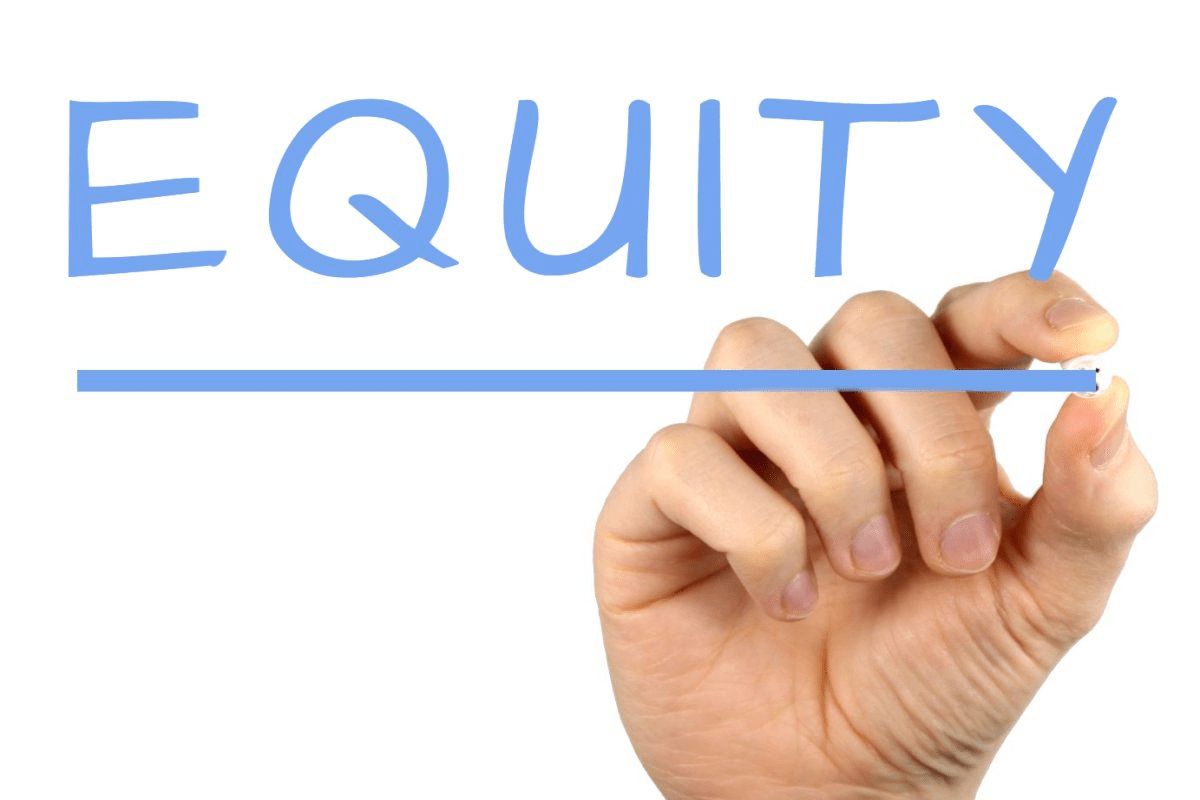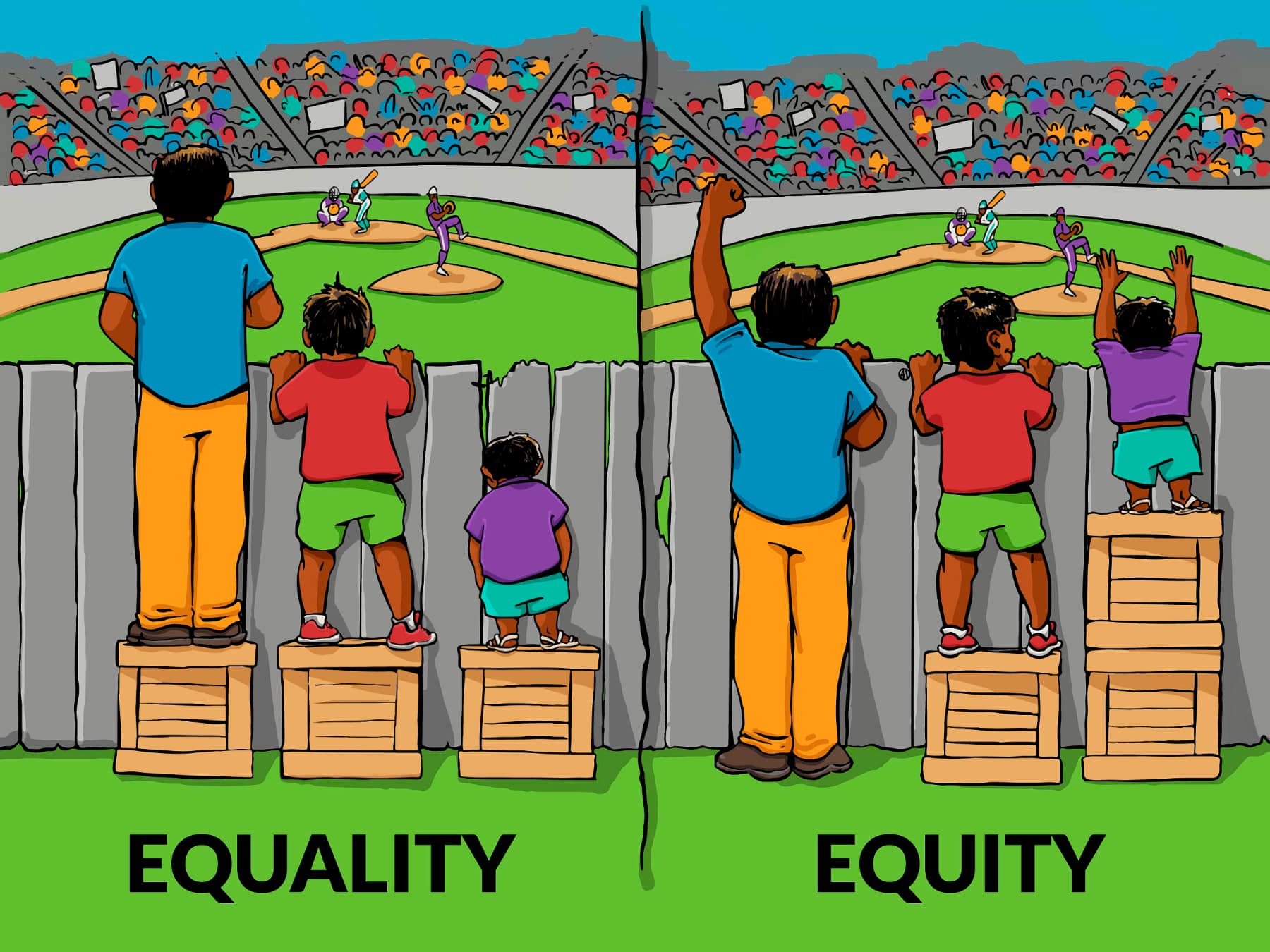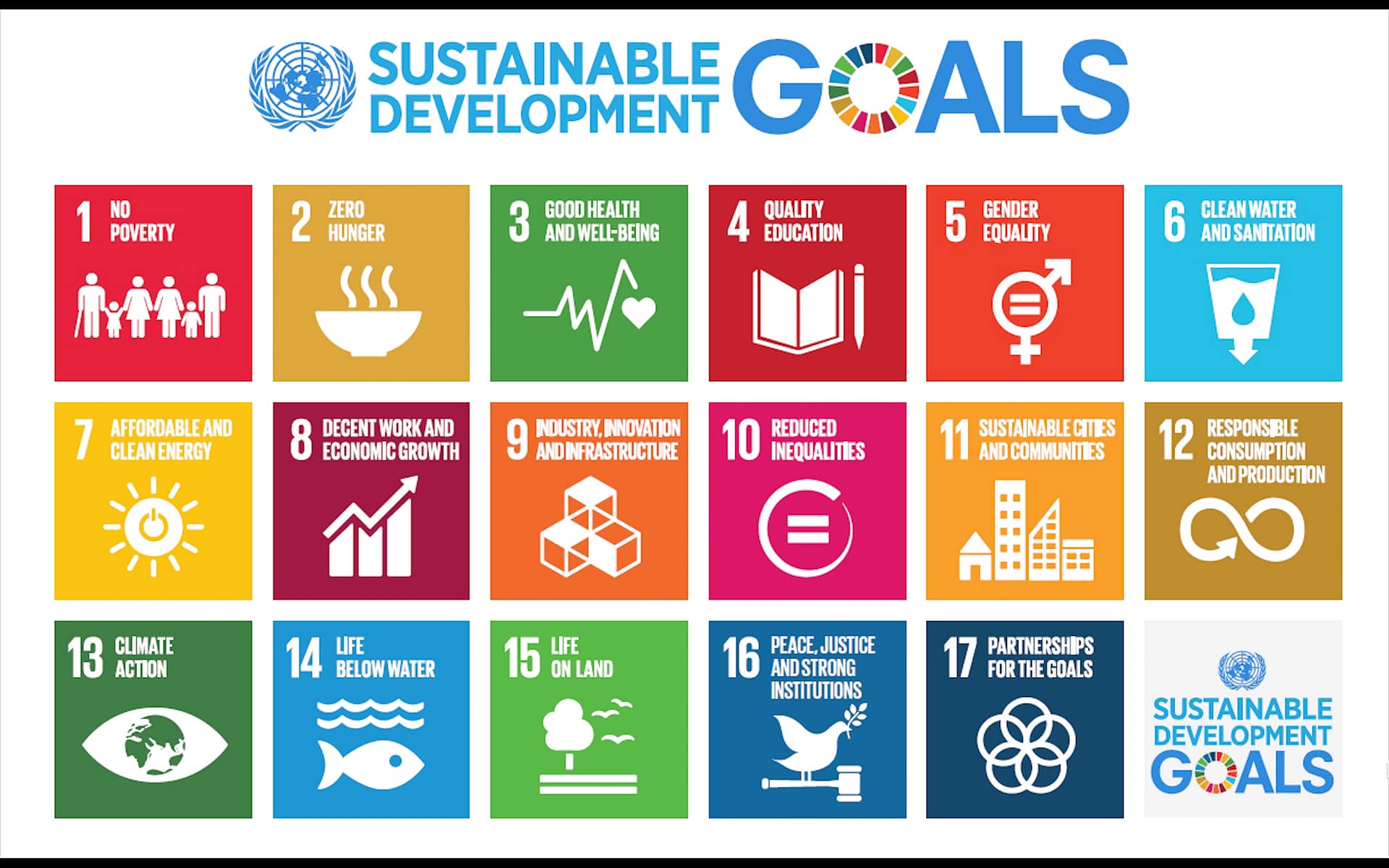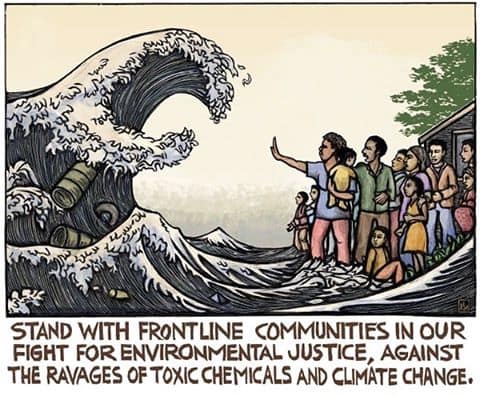Social Justice & Sustainable World
A Matter of Equity:
In the US 42% of Black boys are educated in under-performing schools. Additionally, Black boys are disproportionately disciplined within public schools, being suspended nearly three times more frequently than their white counterparts. Black boys are expelled at an alarming rate of 26.7% , as compared to the average rate for all students of 8.7%, and this statistic is particularly concerning given the school to prison pipeline illuminated by social science researchers.

Nearly 62 % of Latino children live in or near poverty, and fewer than 20 percent of low-income Latinos live in households where anyone has completed post-secondary education. In fact, even middle-income Black and Latino households are much more likely to live in poor neighborhoods than whites or Asians with the same incomes. Today about 75% of both African-American and Latino students attend schools where a majority of their classmates qualify as poor or low-income. (For whites, the proportion is only about 33%.).

Considering all of these equity issues, our programs prioritize providing educational and professional opportunities to Black and brown marginalized kids, and we tailor our outreach, curriculum, and pedagogical practices to their needs.
A Network of Privilege:
A 30 year longitudinal study conducted by Johns Hopkins University researchers on youth economic outcomes showed low-income white boys were slightly less likely than Black boys to graduate from high school, and they were also as likely to have used drugs, and more likely to have used a drug other than marijuana. However, while poor Black men were at least as qualified as their white counterparts jobs were going almost entirely to white men. The research revealed that 20 % more low-income white men were employed full-time than Black men. White men earned an average of $8,000 more per year than low-income Black men. Additionally, at age 28, 42% of low-income Black women had an average income of $20,000 a year. By comparison, low-income white women earned an average salary of $30,000.
This racial disparity is rooted in privilege. White men and women often find jobs through informal, word-of-mouth hiring networks of which Blacks are not a part. White employers continue to hire mostly white workers through family and social connections and not through formal job postings.
Given that Black and brown kids do not typically have access to social networks that can help lead to middle-income and high-income success, mentorship and apprenticeship programs have always been a critical component of OpenWise’s organizational plan. The goal of these programs is to help our Scholars build the soft skills that are essential for knowledge work success and build their off-line social networks.
Neglected Genius, Locked Out of the Future:
The US Bureau of Labor Statistics projects a
growth of 17% in STEM
occupations through the year 2024 adding over 1 million jobs to the US economy. Additionally,
93%
of these jobs have incomes high above the national average. However, depending on the study, only
3% to 8% of Blacks and 2% to 6% of Latinos
hold STEM jobs. Approximately
78% of STEM jobs
are held by whites, with
48% of STEM jobs
held by white men. With many Black and brown kids across the US attending under-performing schools, these kids not only lack the opportunity to express their potential they are being locked out of economic opportunity in the future.
Considering the disparities in STEM careers, we focus on STEM Diversity and Tech Diversity. We believe that every child should have the ability to develop their potential in STEM. STEM careers provide fulfilling and challenging jobs that are financially rewarding, and a greater diversity of brilliant minds working on problems make companies, organizations, governments and society stronger.
A More Just, Equitable & Sustainable World:
In the fall of 2015, 193 United Nations (UN) member countries adopted the
Sustainable Development Goals (SDGs)
to be achieved by the year 2030 in a bold effort to transform our world to be more just, equitable and sustainable.
Although all of these issues are vitally important to everyone on our planet; however, Black and brown kids and their families in the US and around the world have historically been disproportionately affected by these issues. Take climate change and environmental degradation for example:
- The effects of climate change, such as extreme weather, have disproportionately affected communities of color and low-income communities. Extreme weather events have led to displacement and death. Following these events, government efforts to rebuild are often uneven. For example, following Hurricane Katrina in 2005 Black homeowners received $8,000 less in government aid than white homeowners and even by 2013 about 80% of the mostly Black residents had not returned to their homes.
- A Yale study found that non-Hispanic whites had the lowest exposure to air pollutants, while Hispanics had the highest exposure, and African-Americans had higher exposure rates than whites for 13 out of the 14 pollutants. Some of the pollutants are connected to asthma, cardiovascular issues, lung disease, and cancer.
- A report of data collected over 20-years found that more than half of the people who live within 1.86 miles of toxic waste facilities in the United States are people of color. People of color are nearly twice as likely as white residents to live within the zone of an industrial facility. These facilities contribute to air pollution, safety issues, and health concerns.
- Studies document limited access to clean water in low-income communities of color. Particularly for children, contaminated water cause many health issues. Health problems can include waterborne diseases, blood disorders, and cancer.

Other issues highlighted by the SDGs, such as criminal justice, equitable access to health and education, food insecurity, income inequality, and poverty also disproportionately affect communities of color. Black and brown people deserve a greater voice in creating solutions to the issues that affect them the most, and developing that voice starts with education on these issues.
Ingenuity and genius are being neglected in communities of color, at a time when we need them more than ever to help solve the intractable global problems of today and tomorrow for all of us. Our curriculum focus on the SDGs and the social justice and ecological justice issues embedded in them is an essential part of OpenWise Learning’s goal to cultivate an understanding of social and environmental issues in our Scholars so they can advocate and innovate for themselves and their communities as leaders.


